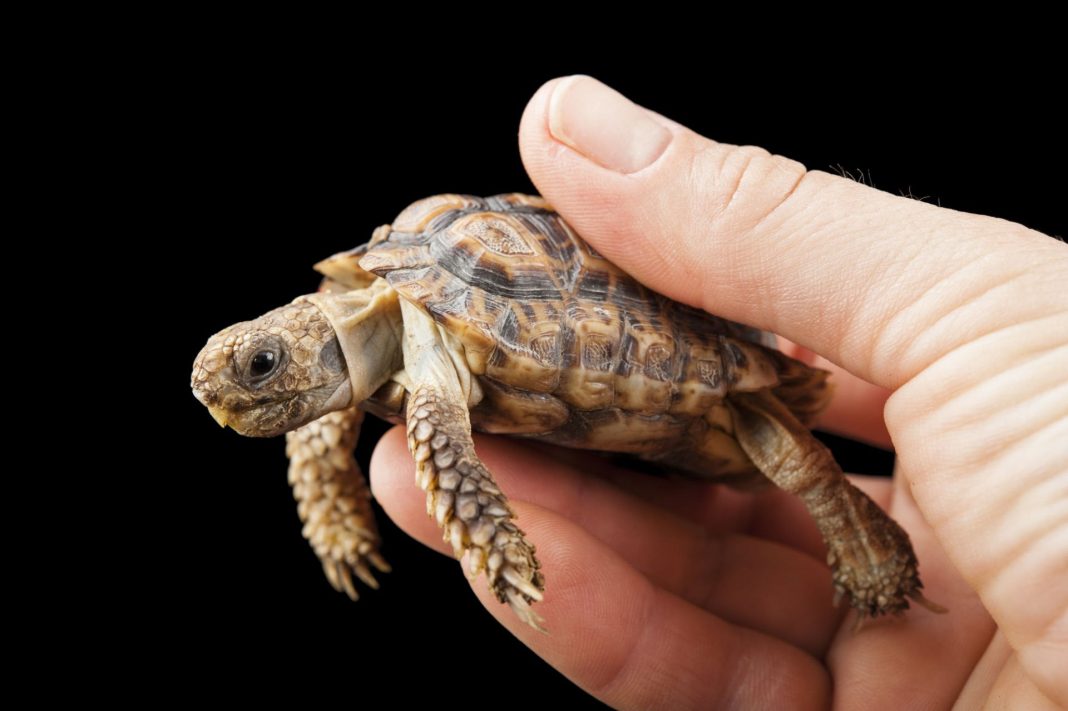Animals come in different forms and kinds. Differences may vary depending on their structure, appearance, habitat and reproductive ways. Each of the animals is classified into their corresponding families and classes by experts.
Reptilia is one of the well-known classes in the animal kingdom. This is primarily due to the numerous animals that belong to this group.
One of the best characteristics of the animals belonging to this group is that they are cold-blooded vertebrates.
The skin of reptiles is covered with scales or bony plates. This class is also known for laying soft shelled eggs as their offspring. Some of the common animals belonging to Class Reptilia are crocodiles, snakes, lizards, turtles and tortoise.
The smallest tortoise species in the world is the speckled padloper tortoise (Homopus signatus). This tiny terrestrial creature is also known as speckled cape tortoise. They are commonly found travelling along the narrow trails and pathways of Namaqualand in South Africa. The full sized speckled padloper tortoise usually weighs about 3 ounces and grows to only 3 inches long.
The honeycomb designed shell of the speckled padloper tortoise is slightly rounded in shape with deep fine grooves between the scutes.
The distinction between the male and female tortoise may be identified based on the shell size and colours.
Female shells are wider with a higher dome and dark brown in color with fewer speckles. Male shells are much narrower with normal dome and light brown in color with dark brown speckles. The bigger shells in the female are believed to provide an extra room for egg growth.
The arid regions serve as a common habitat of the speckled padloper tortoise. This usually consists of rocky crevices terrain where food and water supply is enormous.
The flowering wire weed, wood sorrel, and Crassula thunbergiana are among the speckled padloper tortoise’s favourite food. The water from rain showers provides the needs for the healthy growth and development. These areas also protect the tortoise against cold and extreme temperatures.
Mating and other important activities of the speckled padloper tortoise take place during Spring.
Their reproduction involves a mating ritual wherein the male and female swing the heads back and forth, in a left to right direction.
The female lays one large egg which is usually deposited under carefully chosen rock ledges. Hatching of the tortoise eggs normally occurs after 16 to 18 weeks.
These speckled padloper tortoises are said to be near threatened. Possible threats may include climate change, human factors, and environmental hazards. Climate change may affect the survival of these small creatures. Humans capture the tortoise and sell them as pets. The natural habitats of the tortoise were damaged through the destruction of their natural habitats.
What Do I Think
The world is blessed with numerous and amazing creations. These range from the simplest to the most complex, or smallest to the largest beings. Whatever their characteristics and features may be, protecting and caring for them is a must. Everyone must do their share to preserve these wonders for the future generation to see and learn.
